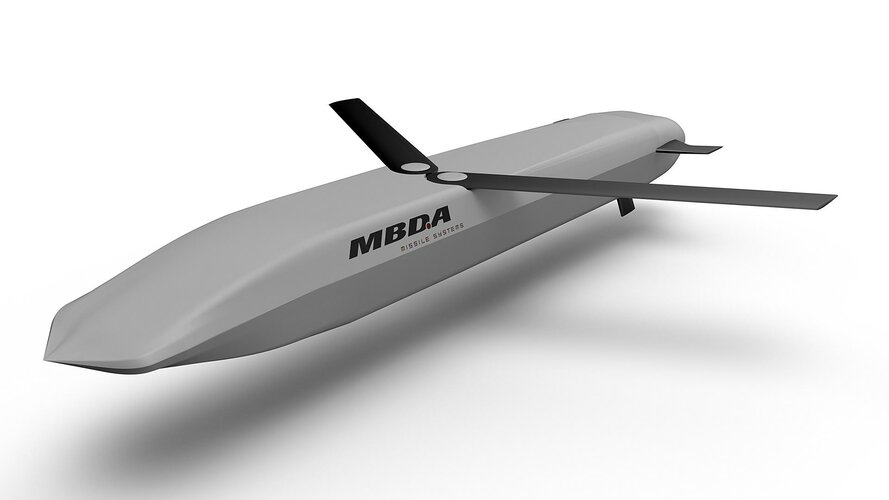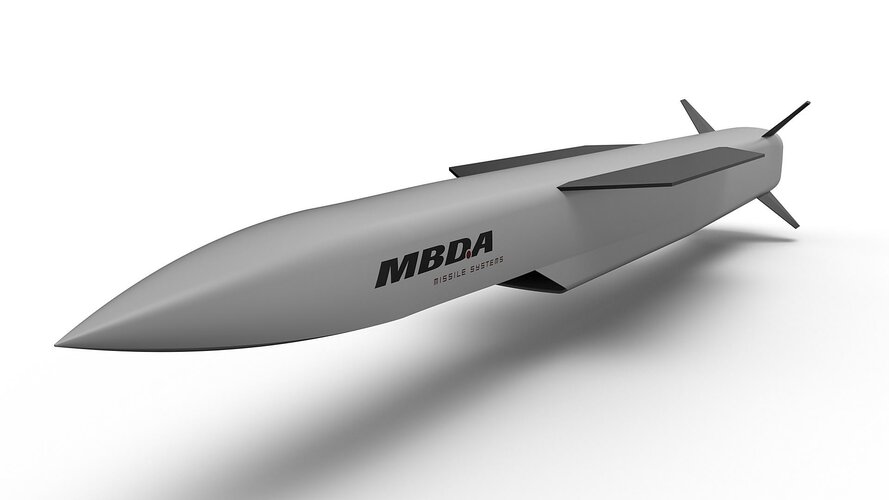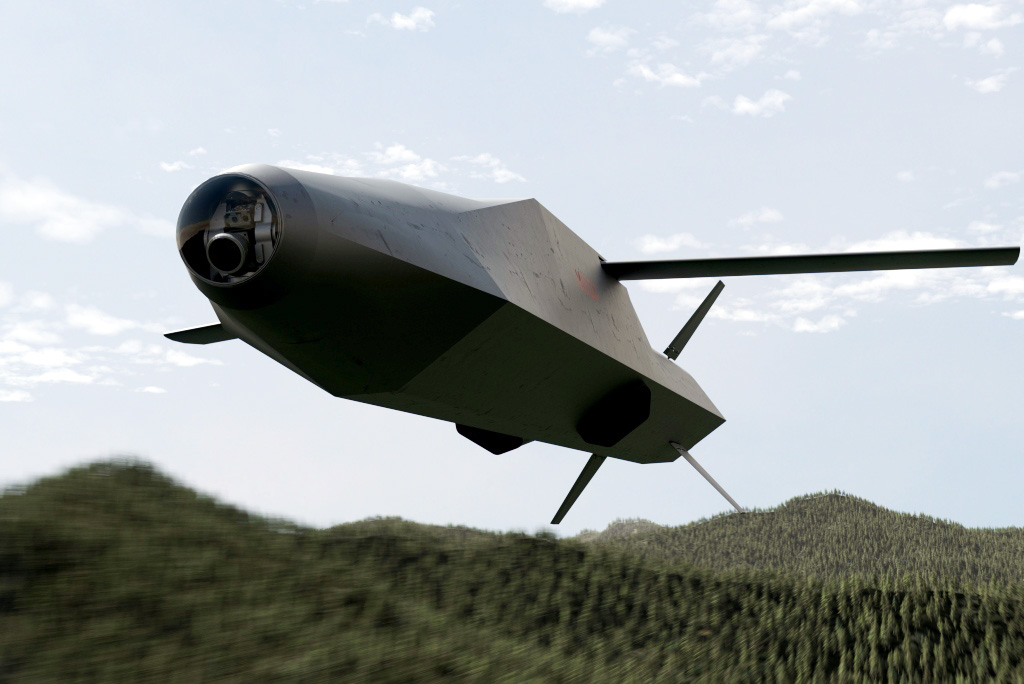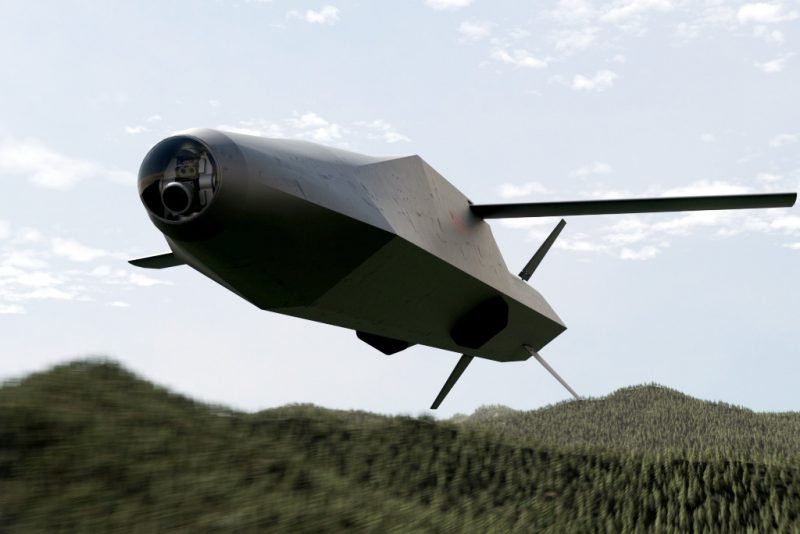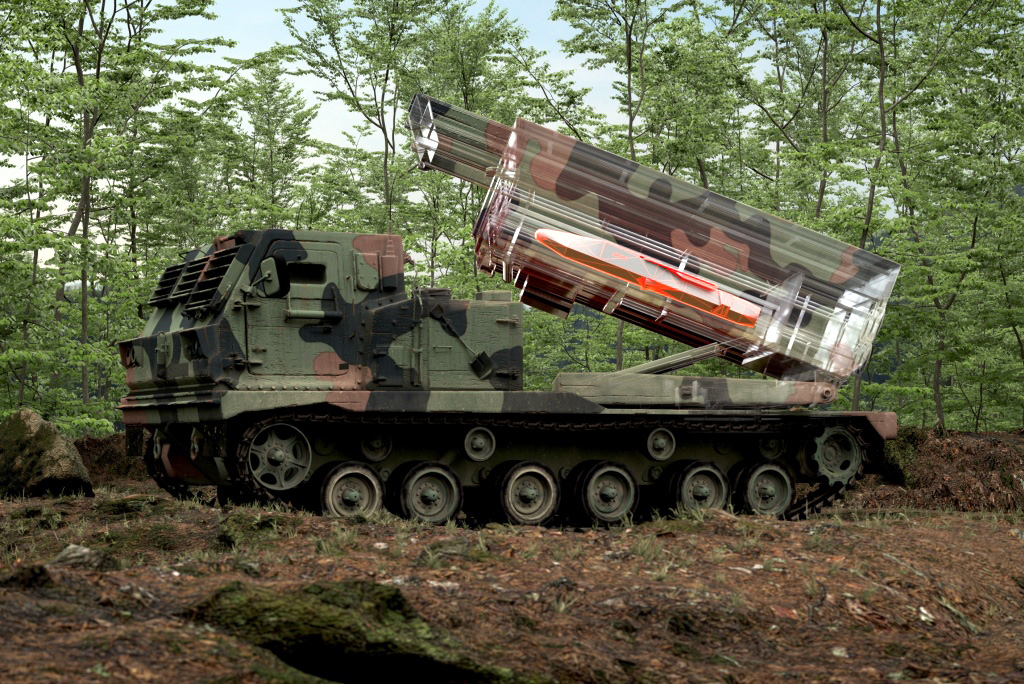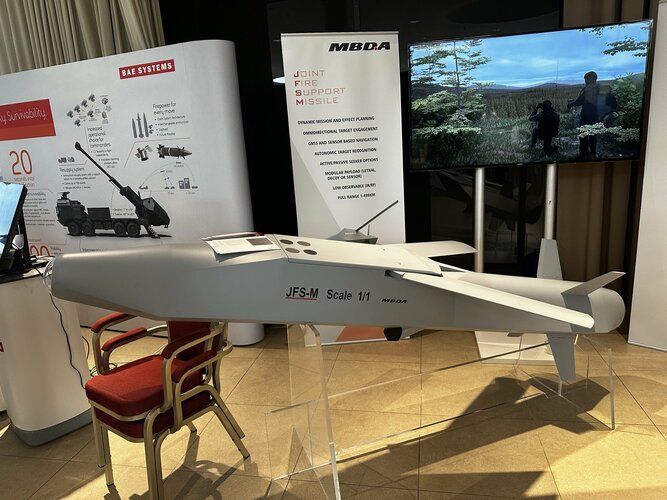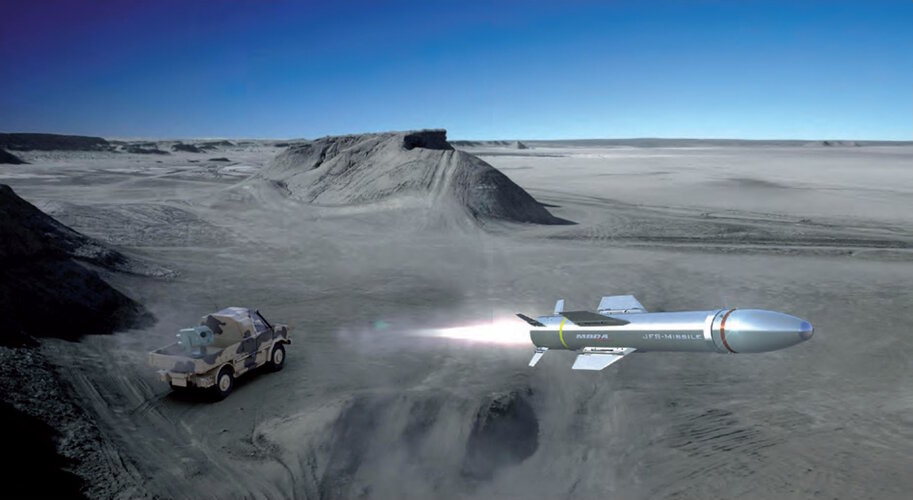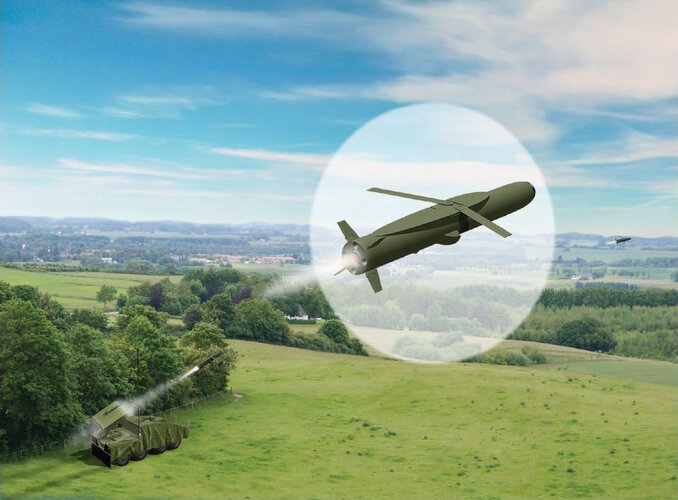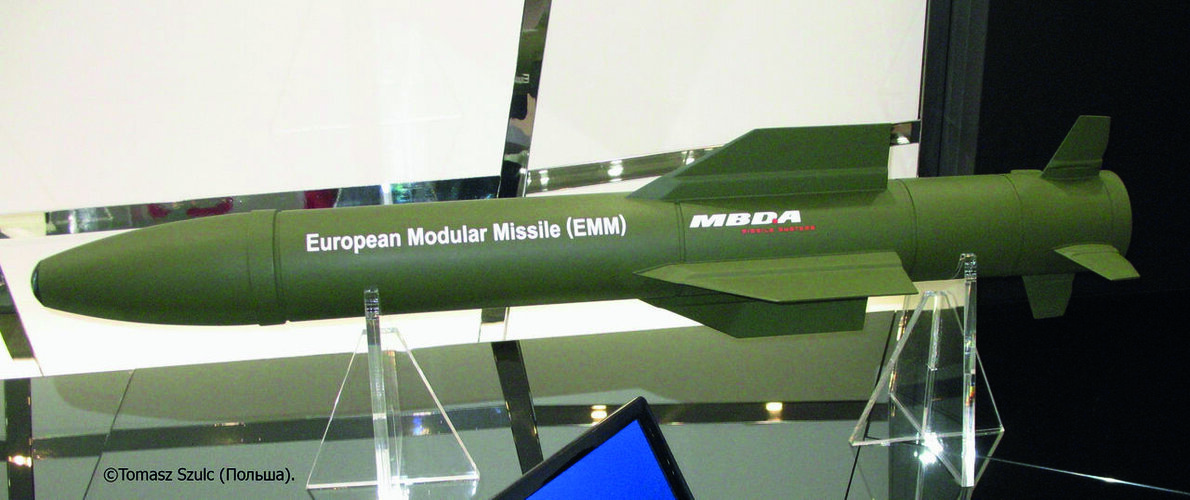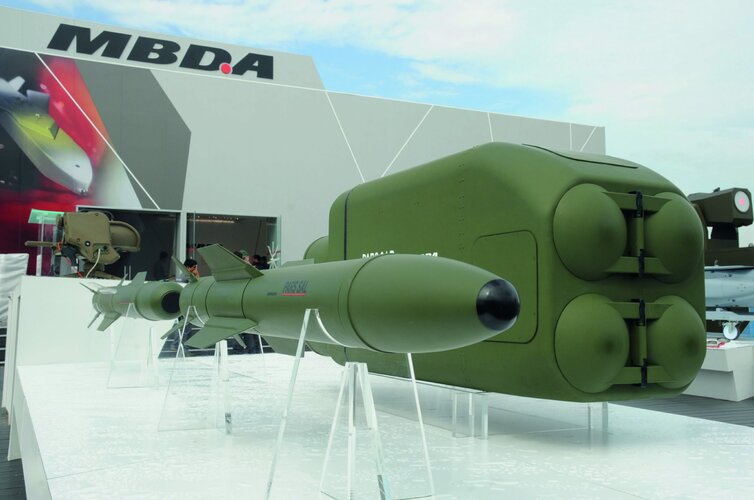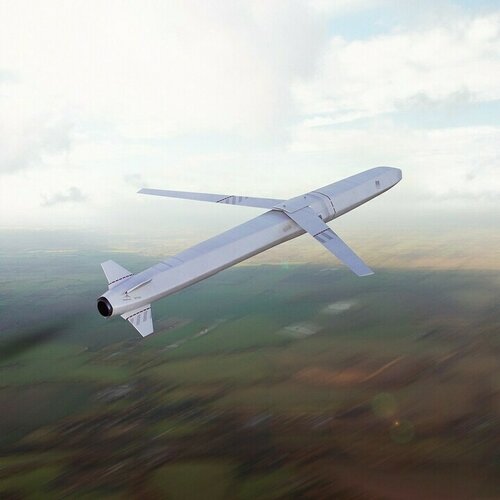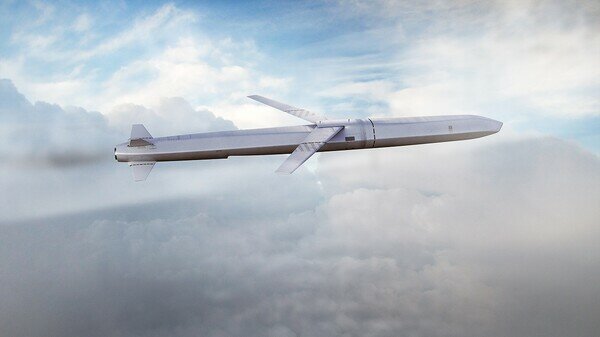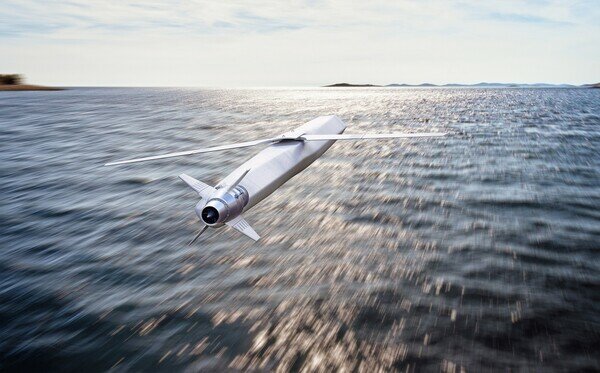Google translation
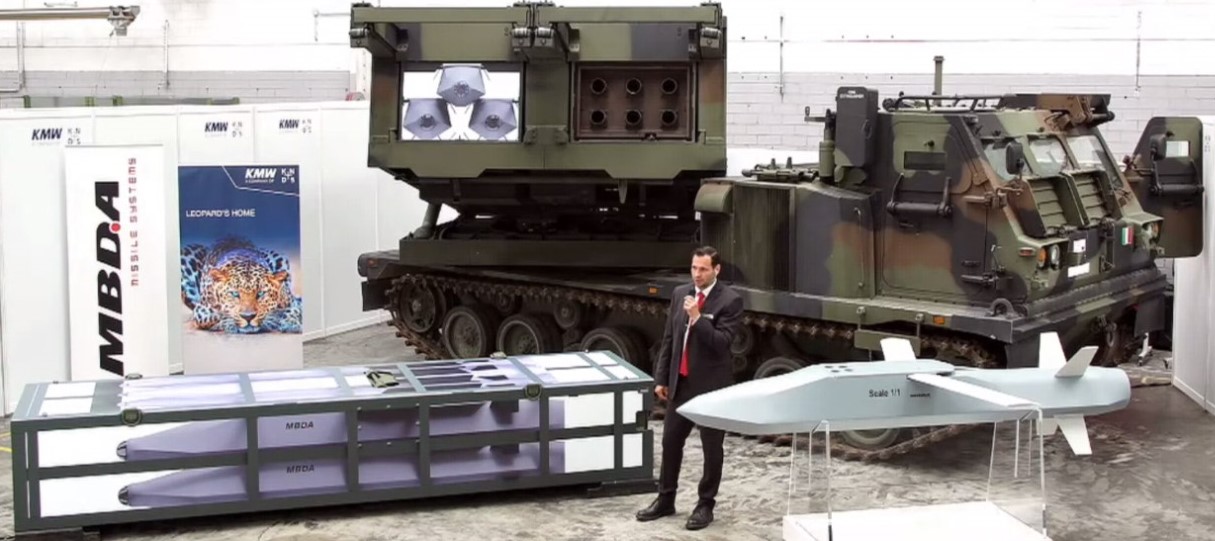
 soldat-und-technik.de
soldat-und-technik.de

MBDA Germany and the two wholly-owned subsidiaries TDW and Bayern Chemie provided information about new industrial partnerships and the use of new technologies for projects such as FCAS, rocket artillery, air defense, space travel and firing systems in a virtual trade press briefing today.
Among other things, details about the Joint Fire Support Missile (JFS-M) and guided missile enforcers were announced.
JFS-M
MBDA announced that yesterday a Memorandum of Understanding (MoU) was signed with Krauss-Maffei Wegmann (KMW) on cooperation within the framework of the future "System Indirect Fire" of the Bundeswehr. "We are in talks with other partners," said Guido Brendler, Head of Sales and Marketing at MBDA Germany.
According to MBDA, the aim of the cooperation is “the development and implementation of guided missiles with a long range for artillery systems of the Bundeswehr.” The aim is to use system platforms such as MARS II / MLRS and existing Command & Control (C2) systems that are already in use in the Bundeswehr . “MBDA and KMW see this MoU as a starting point to help shape the future of German artillery together. Cooperation with other companies that want to contribute their expertise is expressly desired, ”said the companies in a joint press release.
Functional principle of the JFS-M based on an exemplary mission. (Video: MBDA, KMW and ESG)With the Joint Fire Support Missile, MBDA has only recently presented a concept that meets both the army's demands for a modern, long-range weapon and consistently continues the joint idea of the armed forces.
By using the JFS-M in conjunction with artillery systems, the armed forces should be able to achieve a precise effect at a distance of up to 499 kilometers. "MBDA and KMW have know-how and many years of experience in the areas of stand-off weapons and system platforms (MARS II / MLRS)," said the company. When designing the JFS-M, tried and tested systems and subsystems as well as new technologies are used. According to information from MBDA, components used by the Bundeswehr are taken into account in the design. “In addition, the latest technologies such as interference-free GPS navigation, 3D flight planning and image-based navigation sensors are used.The target fight is supported by artificial intelligence for the automatic target recognition and identification (Automated Target Recognition and Identification) ”, so the company.
According to a KMW representative during the presentation, investigations had shown that both the MARS II rocket artillery system used in the Bundeswehr and other tracked or wheeled vehicles, such as the Boxer or an IVECO truck with a protected cabin, are basically suitable as carrier platforms would. Up to three JFS-M can be accommodated in a standardized rocket pod container. Since the MARS can accommodate two such pods, a mixed armament of the system - three JFS-M and, for example, six GMLRS missiles - can be ammunitioned as a combat load.
The next step would be to commission the Bundeswehr to implement this new type of active agent for artillery. According to the company, an operational capability of the JFS-M "a few years after the contract was signed" would be realistic

MBDA präsentiert neue Details zum Enforcer und der Joint Fire Support Missile
MBDA Deutschland hat im Zuge eines virtuell abgehaltenen Fachpressebriefings unter anderem neue Details zur Joint Fire Support-Missile (JFS-M) sowie dem Lenkflugkörper Enforcer bekanntgegeben.
 soldat-und-technik.de
soldat-und-technik.de



